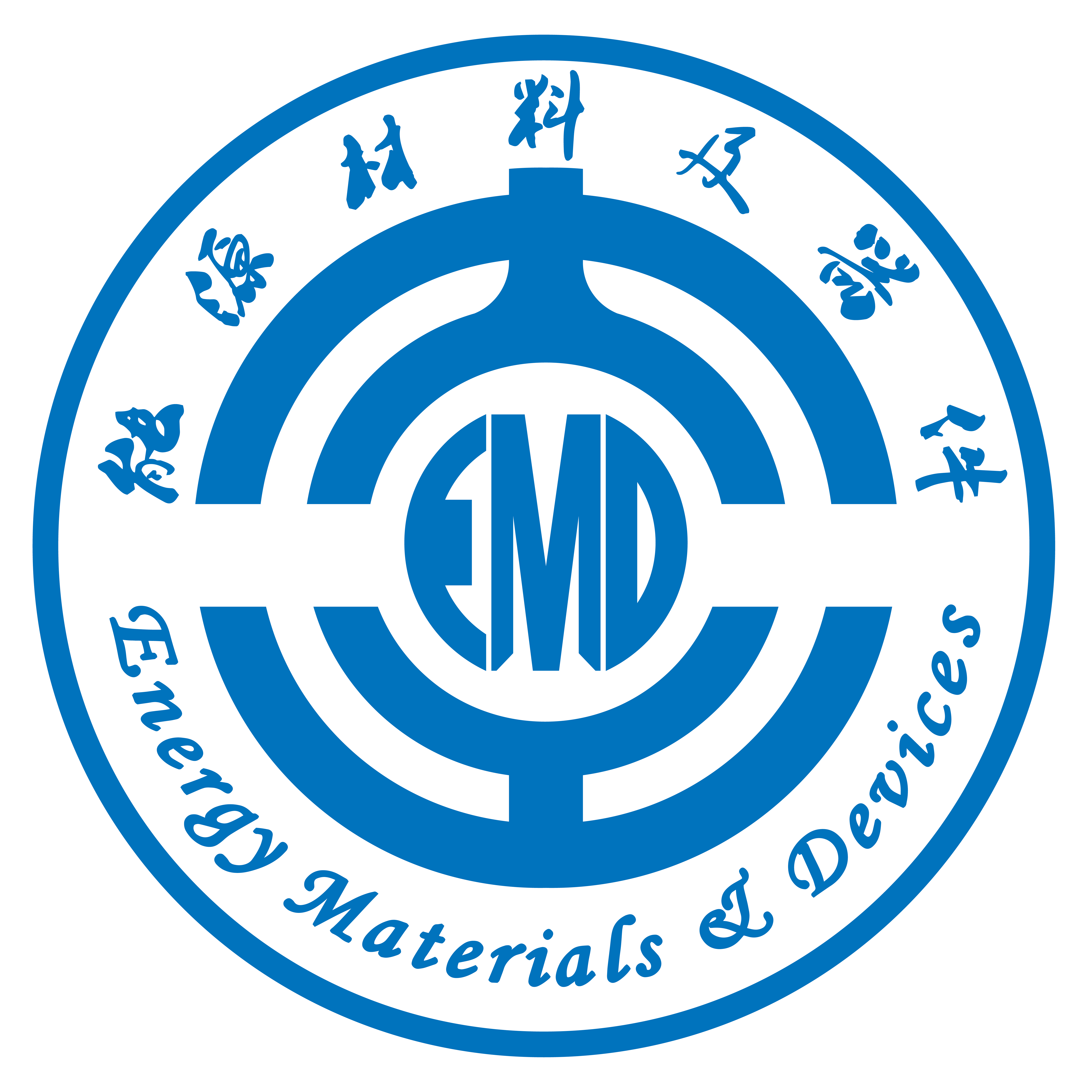Abstract: The performance degradation caused by irreversible O2 release and structural collapse has seriously hindered the commercialization of Li-rich Mn-based oxide cathode materials (LMOs). Herein, a Li-rich Mn-based cathode material Li1.2Ni0.2Mn0.6−xAlxO2 (x = 0.02, 0.04, 0.06) via the substitution of Mn by Al was designed. By introducing additional strong Al-O bonds into the local atomic coordination around O and transition metal (TM) to modulate the local electronic structure, the TM 3d-O 2p and non-bonding O-2p band are transferred to lower energy, thus increasing the redox reaction potential. The substitution of Al also enhances the interaction with oxygen and increases the oxygen vacancy formation energy, which stabilizes the lattice oxygen framework and ultimately further inhibits the structural transition (layered → spinel phase) caused by the reduction of TM ions during the cycling process and improves the stability of the layered structure. The results show that the voltage decay of the Al-doped sample is only 0.349 V after 300 cycles, which is much lower than the 0.578 V of the pristine sample. Assembled as a full cell using LMNA2 as the cathode and commercial graphite as the anode, it exhibited a specific energy density of 454.3 Wh kg−1 at 0.1 C, with a capacity retention rate of over 86% after 100 cycles. This research provides a novel idea for the future development of LMOs for high voltage and energy density applications.
https://doi.org/10.1016/j.jallcom.2023.169481

